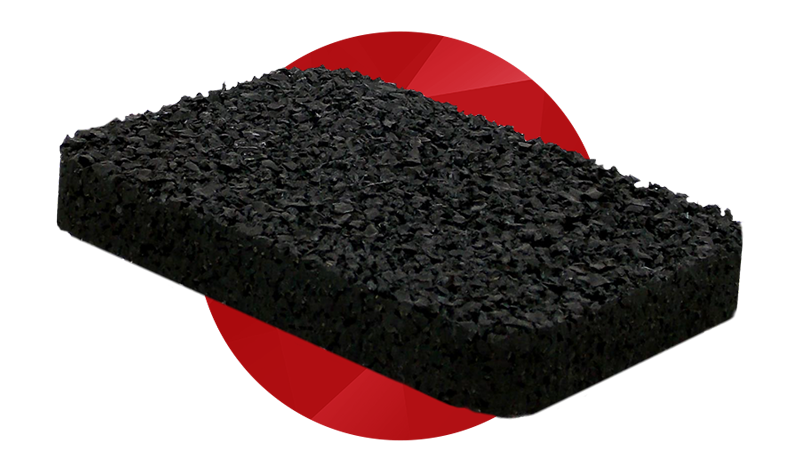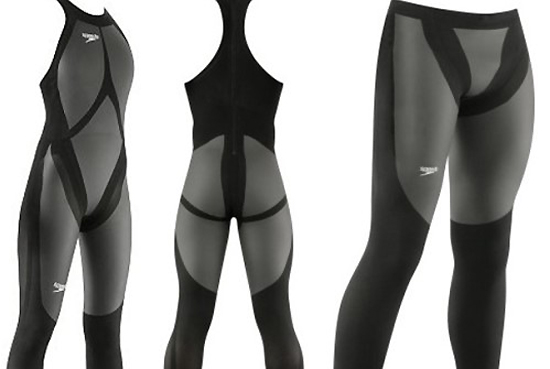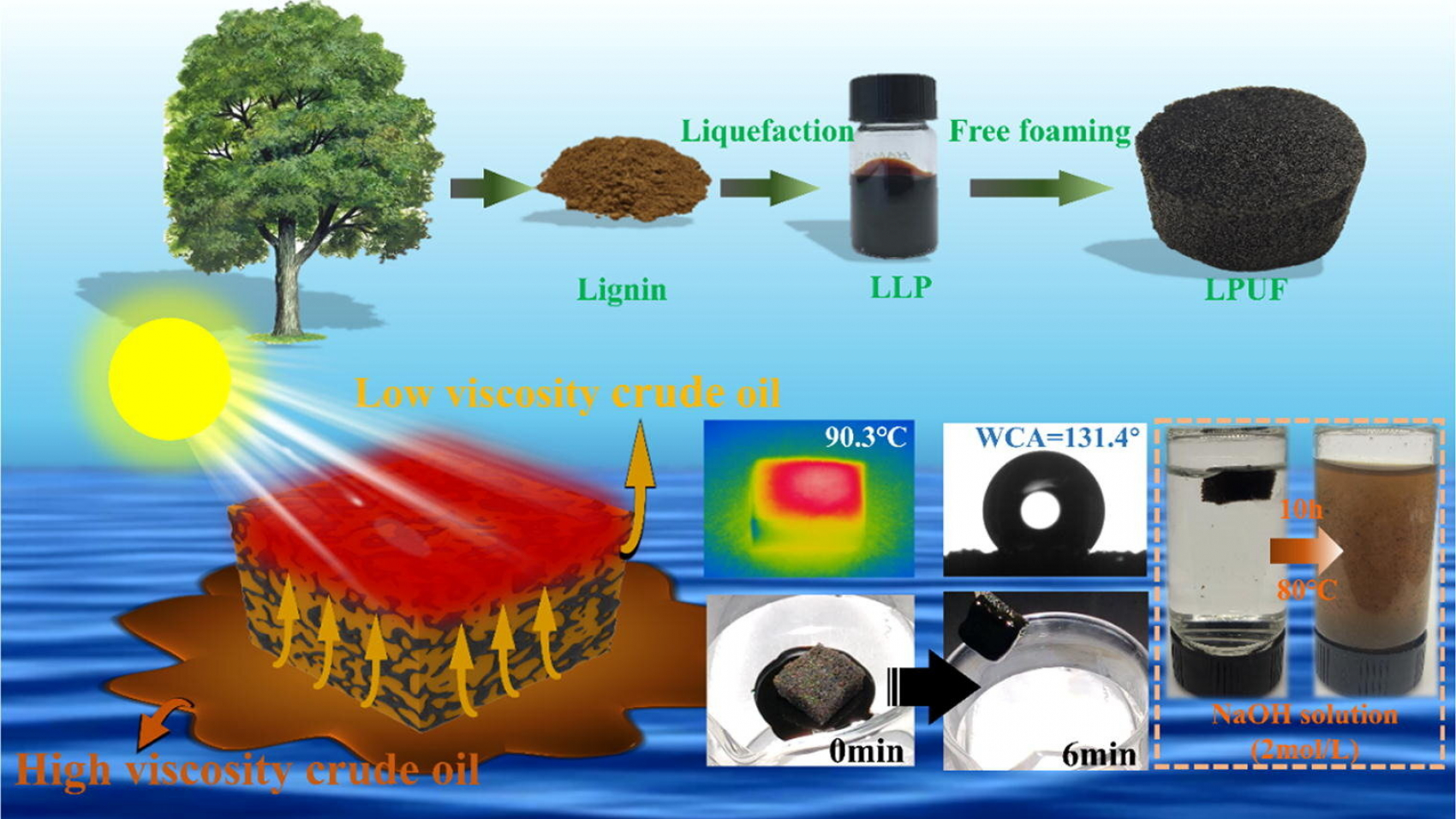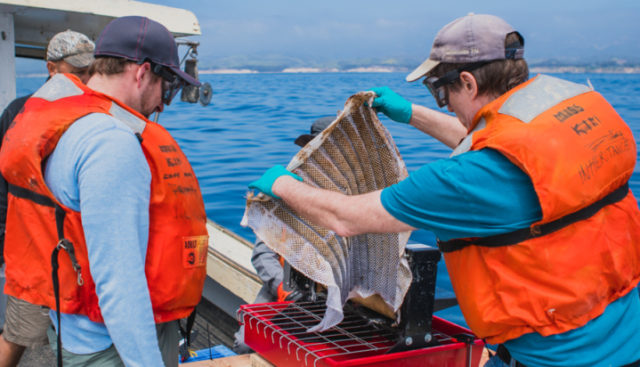The addition of small amounts of plasticizers and hardeners makes an entirely new line of polyurea Polymers that can be used in various industrial coating applications.
Researchers from Missouri State University have modified the most well-known synthetic polymer, polyurea, to attain exact control in the flexibility of a novel group of polymers. These can be used in various applications requiring thin coatings with different physical, protective insulation, and aesthetic properties.
Polymers like polyurea are extensively used for coatings in various manufacturing areas such as shipbuilding, construction of buildings, the petroleum industry, and aircraft and automotive manufacturing. Researchers across the world are seeking ways to expand their use and properties.
But, creating new polymers with new features can be a complex and costly technological process, claims Maxim Stanley, a chemist in our research group.
Stanley and his team discovered that the most efficient method to create new polymers that have properties that can be easily modified is a modification of existing cheap polymers available in huge quantities. They discuss their successes in modifying polyurea to control its properties and properties of insulation coatings within the publication Doklady Physical Chemistry.
They began their study using two industrial polyureas, which were elastically different. The researchers looked into the chemical issue of identifying additives that could create a variation between different properties from the soft surface of one initial polymer and the stiff plasticity of the other.
The researchers found that they could cause the polyureas structure to break and heal by the addition of varying amounts of fluorine as a hardener as well as a chemical plasticizer with a combined rate of not less than 2% in weight, enabling them to control the elasticity of the material across an extensive range. In technical terms, the ‘elastic modulus is a measure of the force needed to break the material that can be adjusted between 22 and 172 Megapascals which is an extremely wide variation.
“We were amazed that these tiny chemical modifications could achieve the desired, continuous range of polyurea grades that range from rubbery to harder. He says that one distinct feature of their work is that these altered polyurea samples were made using high-pressure spraying technology invented by the US firm, ArmorThane- Polymer technologies, which two researchers employ.
This polyurea spraying technology can create seamless and flawless monolithic coating with your desired thickness onto materials in any shape or arrangement.
The team hopes to expand its research efforts to other polymers while benefiting from the relationship with ArmorThane to develop commercial applications.










